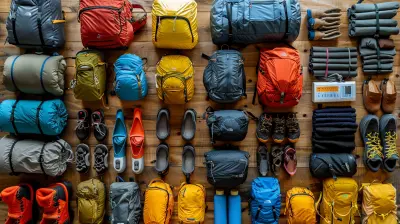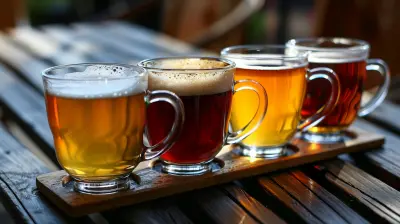Traditional Boats, Canoes, and Rafts: Transport as Culture
5 June 2025
When we think of travel, images of planes, high-speed trains, or even road trips might come to mind. But not so long ago—and still today in many corners of the world—waterways were (and are!) the lifeblood of transportation, trade, and even identity. We're talking about traditional boats, canoes, and rafts. These aren't just basic methods of getting from point A to B. They are floating emblems of culture, history, and pure human ingenuity.
So, grab your metaphorical paddle—let’s set sail through time and across continents to uncover how these vessels shape lives, stories, and societies.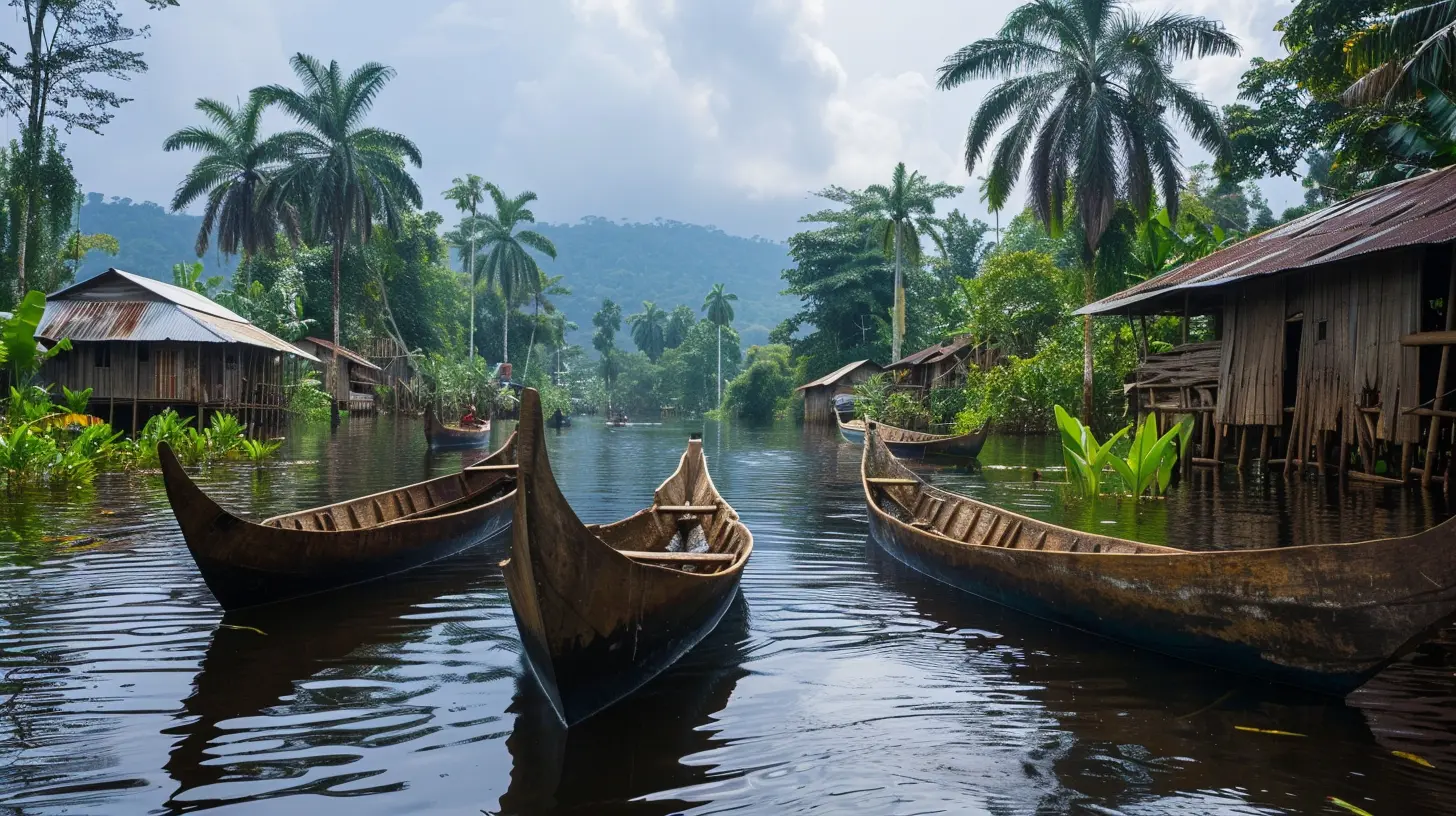
The Humble Beginnings of Water Transport
Imagine yourself thousands of years ago. You’re near a river or along the coast. Your people are hunters, gatherers, or early traders. What’s the easiest way to move heavy things—or yourself—without breaking your back? Water.And so, the earliest boats were born. Crafted from hollowed-out logs, tied-together reeds, or animal skins stretched over frames, these vessels weren't fancy, but they were brilliant.
These basic crafts evolved based on terrain, materials, and needs. The cool part? Many of them are still in use today, barely changed from their ancient designs. It's like time travel on water.
Why Boats, Canoes, and Rafts Are More Than Just Transport
Let’s get something straight—traditional watercraft are not just about functionality. They carry tradition, tell stories, and even convey social status.In many Indigenous cultures, boat-building is a sacred art. The techniques are passed down from elders to youth, often involving ceremonies and spiritual practices. The final product? A vessel that’s more like a family heirloom than a tool.
Not to mention the craftsmanship. Some of these boats are so elegantly designed they make modern yachts look like floating bricks. Just saying.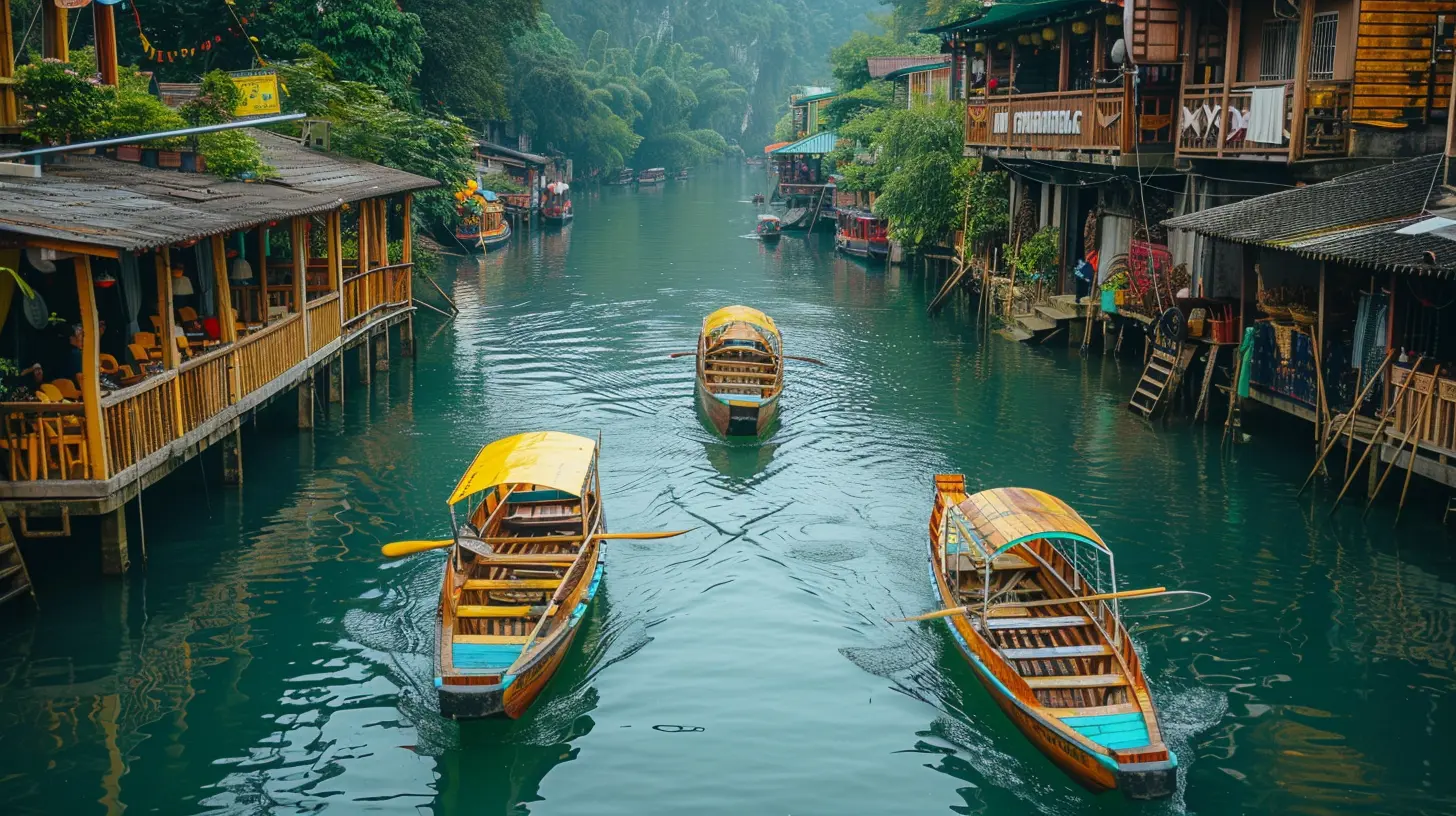
Iconic Traditional Boats Around the World
Let’s take a little tour, shall we? Buckle up—wait, no seatbelts here, just paddles.1. Dugout Canoes – From Africa to the Amazon
These are the OG boats. Hollowed-out tree trunks—simple, effective, and versatile. You’ll find them in the Congo Basin, used by fishermen and traders, and also deep in the Amazon, where the dense forest makes them the only way to get around.They glide silently like ninjas across the water, perfect for sneaking up on fish or avoiding unwanted attention.
2. Outrigger Canoes – The Pride of the Pacific Islands
Ever seen a canoe with a weird little arm sticking out the side? That’s an outrigger, and it’s genius. It adds balance, which is crucial when you're navigating open seas or hopping between islands.In Polynesia, outrigger canoes are central to identity. These boats helped people discover and settle vast stretches of the Pacific. They weren’t just tools; they were dreams, stitched together with wood and rope.
And hey, these aren’t museum pieces—outrigger racing is still a thing today. It’s like Formula 1 with paddles.
3. Reed Boats – Legends of Lake Titicaca
On the border of Peru and Bolivia sits Lake Titicaca, where the Uros people live on floating islands (made of reeds) and still cruise around in traditional reed boats.These boats are lightweight, biodegradable, and look like something straight out of a fantasy novel. They’re shaped like dragon heads or birds, and they glide through the water with quiet grace.
4. Pirogues – West Africa’s Fishing Marvels
Pirogues are narrow, wooden boats, usually painted in vibrant colors. You’ll spot them bobbing in the waves along the Senegalese coast or parked on the shores of Madagascar.Used primarily for fishing, pirogues are vital to local economies and food supplies. They often feature intricate carvings and paintwork—think of them as the street art of the sea.
5. Rafts of Southeast Asia – River Roadways
In places like Laos and Thailand, bamboo rafts are not just for lazy river rides. They’re workhorses. Locals float goods, produce, and even livestock downstream.Simple? Yes. Sustainable? Absolutely. Surprisingly strong? You bet.
These rafts are a lesson in minimalist engineering. They’re proof that sometimes, less really is more.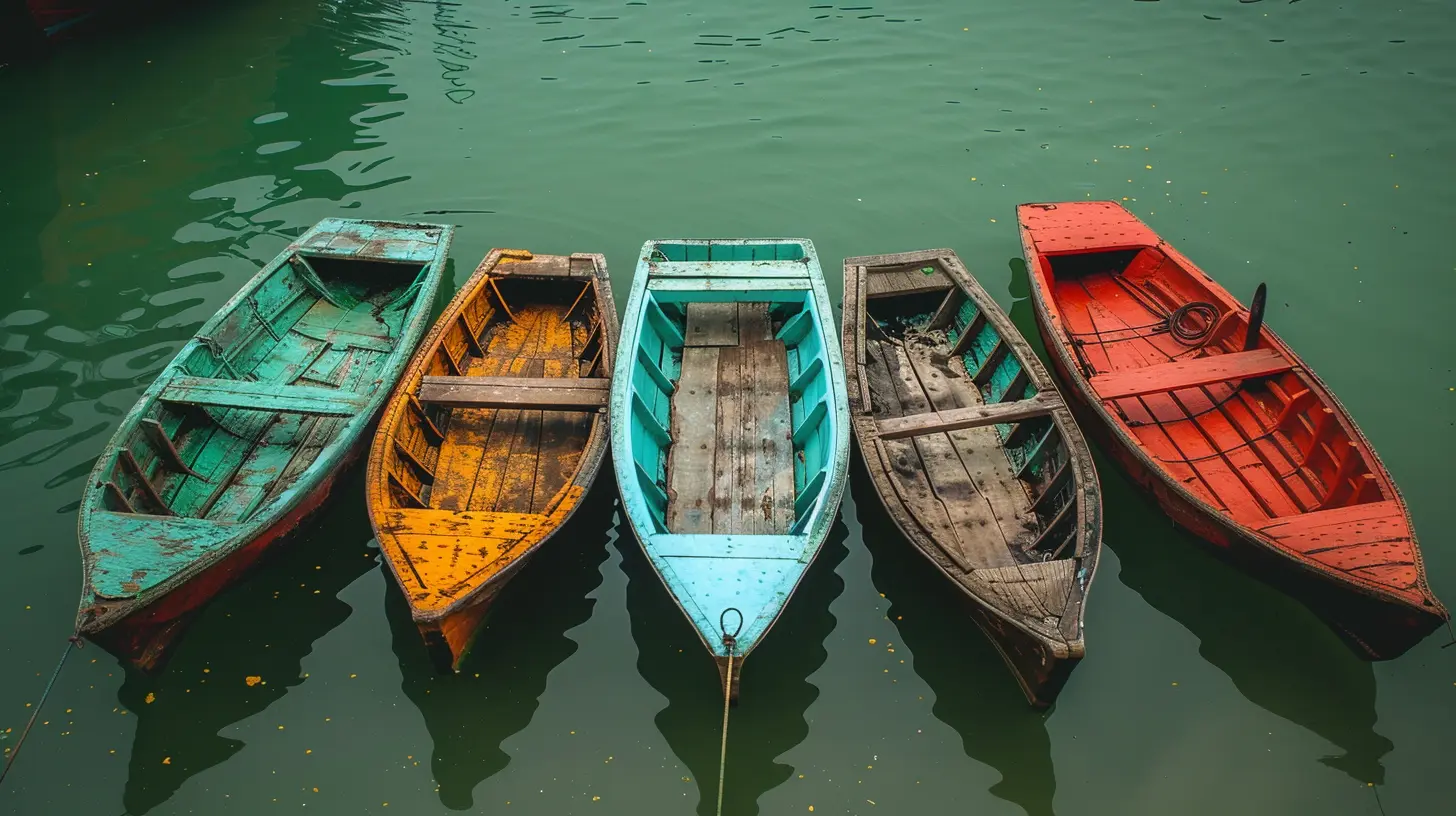
Cultural Significance: More Than Just Wood and Rope
Let’s unpack this a bit. What gives a boat cultural significance?First, there’s the construction process. In many cultures, building a boat is a rite of passage—a way to connect with ancestors, nature, and community.
Then, there’s the symbolism. For example, in many Indigenous beliefs, rivers are spiritual highways. Boats become vessels not just of humans, but of souls, dreams, and prayers.
Even ceremonies and festivals revolve around boats. Ever heard of the Royal Barge Procession in Thailand? It’s basically a water parade of golden, dragon-headed boats—rich in history and jaw-droppingly beautiful.
Survival and Sustainability
In a world rushing toward automation and mega-ships, why do traditional boats still matter? Two words: sustainability and survival.Traditional boats are often made with local, renewable materials—bamboo, reeds, timber—and crafted without modern pollution-heavy tools. They’re biodegradable, maintainable, and reliable.
For many remote communities, especially islanders and river dwellers, these boats are lifelines. No boat? No food. No access to healthcare. No way to attend school. It’s that simple.
Tourism’s Role: A Double-Edged Paddle
Now, let’s talk tourism—because, hey, that’s why we’re here, right?On the one hand, traditional boats offer unforgettable travel experiences. Think: gliding down the Kerala backwaters in India aboard a kettuvallam (rice barge), or paddling through Vietnam’s floating markets on a sampan.
These moments connect travelers to history and culture in a way no tour bus ever could.
But here’s the flip side: too much tourism can strain these traditions. Mass production for tourists often dilutes craftsmanship or introduces harmful materials.
So what can we do? Be mindful travelers. Support local artisans. Seek authentic experiences, not Instagram props.
The Future of Traditional Boats
You might think traditional boats are fading relics. But guess what? They’re evolving, adapting, surviving.All over the world, communities are blending old methods with new needs. Some craftspeople now use solar panels on ancient-style boats. Others offer cultural workshops to tourists to keep the traditions alive—and make a living.
In places like the Philippines and Indonesia, boat-building schools are popping up to teach young people the lost arts of their ancestors. Isn’t that kind of beautiful?
Conclusion: More Than Just a Way to Float
At the end of the day, traditional boats, canoes, and rafts are more than floating vessels. They are cultural time capsules, artistic expressions, survival tools, and even spiritual icons.They remind us that progress doesn’t always mean engines and steel. Sometimes, it’s a handcrafted canoe gliding across a quiet lake, carrying generations of history with each gentle ripple.
So next time you’re near a river, coast, or lake—pause and look. You might just spot one of these timeless beauties, silently whispering stories of a world where water was the road and boats were everything.
all images in this post were generated using AI tools
Category:
Cultural ExperiencesAuthor:

Winona Newman
Discussion
rate this article
3 comments
Tenley McKee
Exploring traditional watercraft reveals rich cultural heritage and local stories.
June 19, 2025 at 3:39 PM

Winona Newman
Absolutely! Traditional watercraft are not just vessels; they embody the history, values, and narratives of the communities that create and use them.
Loretta Carey
Captivating glimpse into culture through unique transportation.
June 18, 2025 at 3:18 PM

Winona Newman
Thank you! I'm glad you found the exploration of transportation's cultural significance captivating.
Lila Perry
This article beautifully highlights how traditional watercraft embody cultural heritage, showcasing the intricate connection between local communities and their environments. A fascinating read!
June 8, 2025 at 2:45 AM

Winona Newman
Thank you for your kind words! I'm glad you found the connection between traditional watercraft and cultural heritage intriguing.

